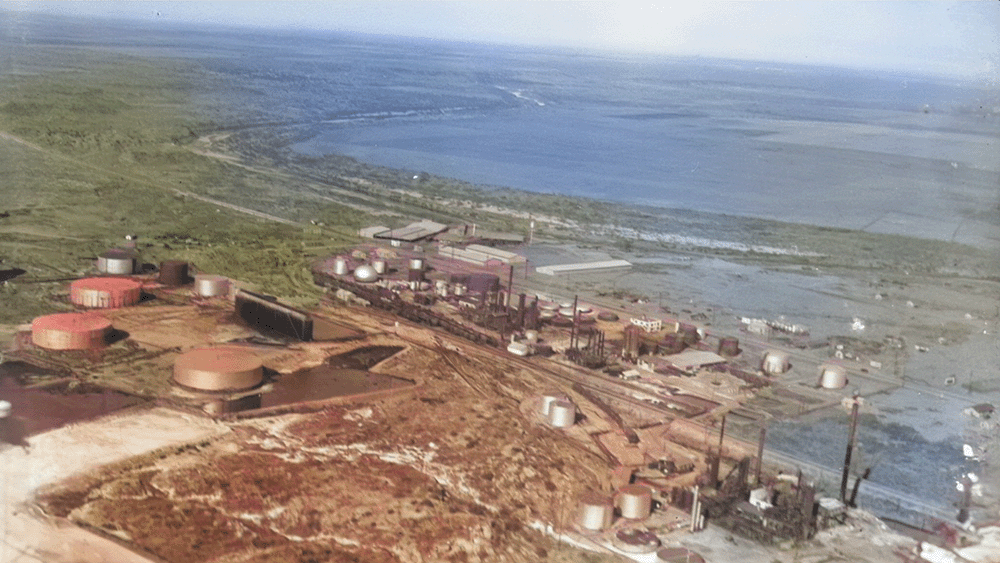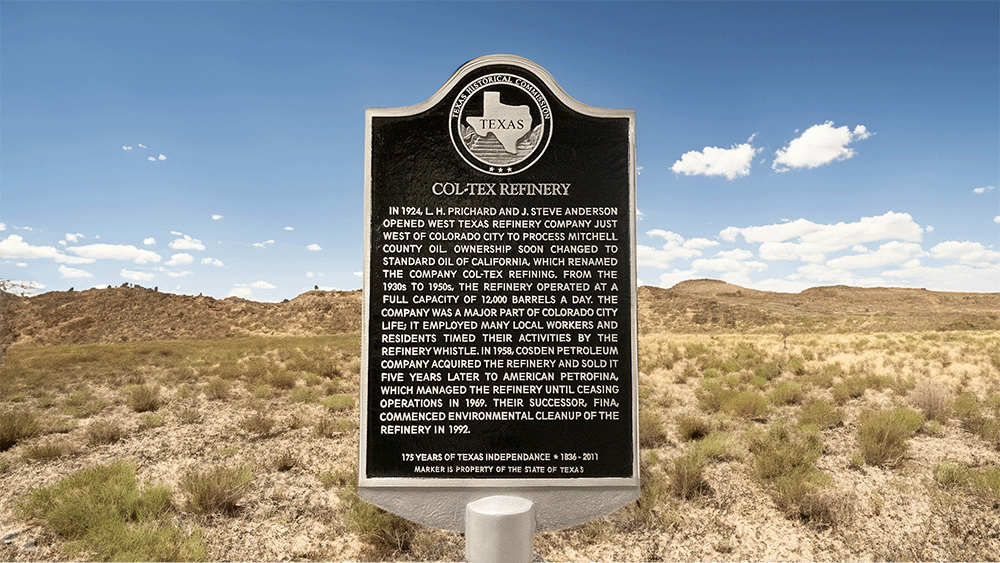A Brief History of the Col-Tex Refinery
Founded in 1924, the West Texas Refinery Company, later Col-Tex Refining, significantly influenced Colorado City, Texas. After several ownership changes and ceasing operations in 1969, environmental cleanup began in 1992.

Back in 2005, I was tasked with a project that involved connecting several WAN sites across Colorado and Texas. To achieve this, I required a domain capable of supporting these sites using DHCP, as this would allow me to update the IP addresses in line with DDNS whenever they changed. However, choosing a fitting name for this domain presented a challenge.
After some thoughtful brainstorming, I began to see the possibility of combining "Col," short for Colorado, with "Tex," an abbreviation for Texas. This led to the creation of coltex.net, a name that blended both states nicely.
Later on, I stumbled upon an interesting piece of history. It turned out that the combination of Colorado and Texas in the form of "ColTex" had a prior significance. The original ColTex was none other than the Col-Tex Refinery located in Colorado City, Texas. And so, this is the tale of the initial melding of Colorado and Texas.
In 1924, the West Texas Refinery Company was established just west of Colorado City, Texas, by L. H. Pritchard and J. Steven Anderson. This operation, designed to process Mitchell County Oil, laid the groundwork for an influential gasoline brand in the 20th century.

The company soon transitioned to Standard Oil of California's ownership and was renamed Col-Tex Refining. From the 1930s to 1950s, the refinery operated at its peak capacity, processing 12,000 barrels a day. It played a significant role in Colorado City, employing many local residents and its whistle serving as a community timekeeper.
The early 1930s saw the opening of the first Col-Tex gas station, and by 1936, eleven service stations around Colorado City were selling Col-Tex gasoline. In 1956, Cosden Petroleum Company acquired Col-Tex but maintained it as a subsidiary, preserving the Col-Tex brand. This subsidiary was included when American Petrofina, known as Fina after 1959, bought out Cosden in 1963.
The Col-Tex refinery, operational from 1924 to 1969 on a sprawling 175-acre site near Business Interstate 20 (U.S. 80) and the Colorado River, produced gasoline, aviation and diesel fuels, and asphalt. Col-Tex service stations continued to operate in Texas cities, including Colorado City, Lubbock, Denton, Abilene, and more. Col-Tex Challenge gas was also available at various independently-owned service stations.
Fina, after its acquisition of Cosden and its subsidiaries, managed the refinery until its decommission in 1969. In 1992, they initiated an environmental cleanup of the site, which had been largely dismantled in the 1970s, except for a few aboveground storage tanks suspected of polluting the Colorado River.

In 2012, a Texas State historical marker was installed at the former site of the Col-Tex Refinery in recognition of its historical significance.
The Col-Tex Refinery Company left a geographic footprint in the form of the small town, Coltexo, Texas. Established in the late 1920s, Coltexo was an oil camp located in north central Gray County. It bore the name of the refinery company, which had set up a carbon black plant on a spur of the Panhandle and Santa Fe Railway, three miles northeast of Lefors and about 200 miles away from its main refinery in Colorado City. As local transportation improved over time, many of the plant's employees moved to Lefors. Furthermore, the decline of carbon black's importance in the oil industry led to a downturn in Coltexo's growth. By 1990, the population of Coltexo had dwindled to merely five residents.